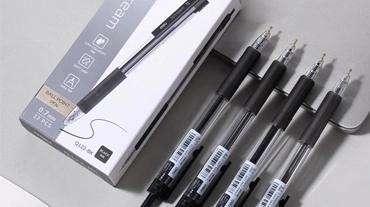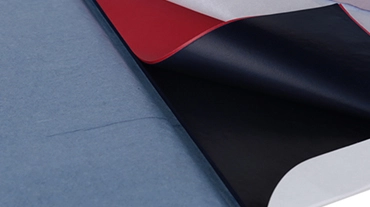In our daily life and work, glue is an indispensable stationery tool. Whether in school, office, or home handcrafting, we often use glue for bonding. Among the market, liquid glue stick and solid glue are the two most common types. So, apart from their appearance, what other differences do they have? In this article, we will provide a detailed interpretation of the similarities and differences between liquid glue stick and solid glue, helping you choose the most suitable glue according to your actual needs.
Liquid glue stick
Liquid glue stick can be flexibly applied to the parts needing bonding through the bottle mouth or nozzle for precise operation. It is especially suitable for large-area bonding, bonding of small parts, or narrow spaces that cannot be reached. After application, the glue completes bonding as the water evaporates or it naturally cures.
Solid glue
Solid glue needs to be manually applied, usually by directly rubbing the glue stick back and forth at the position to be bonded or using a glue gun to heat the solid glue stick to a liquid state before application. It is generally suitable for small area applications or craft projects, and with its fast drying speed, it is perfect for temporary and quick bonding needs.
Liquid glue stick
Liquid glue stick usually has a stronger bonding force, especially certain liquid glues specifically for paper, plastic, metal, or fabric. After a long curing time, it can form a very strong bond. The strength of liquid glue depends on its components, particularly the combination of solvents and tackifiers.
Solid glue
Solid glue has a relatively mild bonding strength and is suitable for daily office and handcrafted uses. It is commonly used for bonding lightweight materials such as paper, cards, and fabric. Due to its short drying time, the bonding strength is also relatively weaker, making it suitable for short-term or temporary use.
Liquid glue stick
Liquid glue stick usually has a longer drying time, which also allows for more tolerance during use. Users have time to adjust the bonding position, avoiding inaccurate bonding or glue overflow situations. However, the longer drying time might bring some inconveniences, especially in time-critical tasks.
Solid glue
Solid glue dries quickly, usually firmly bonding within a few seconds after application. It is very suitable for situations requiring immediate bonding, such as crafts or repair work. Its operation is simple and fast, but once bonded incorrectly, it requires reheating or removal, offering less room for adjustment.
Liquid glue stick and solid glue each have their advantages and are suitable for different scenarios. Liquid glue stick is more appropriate for detailed operations, large-area, and complex bonding tasks, whereas solid glue excels in quick, convenient tasks for temporary bonding. If you are looking for high-quality glue products, you might consider the liquid glue stick series from Deli Group. They offer excellent bonding effects and provide strong support for your work and study.




